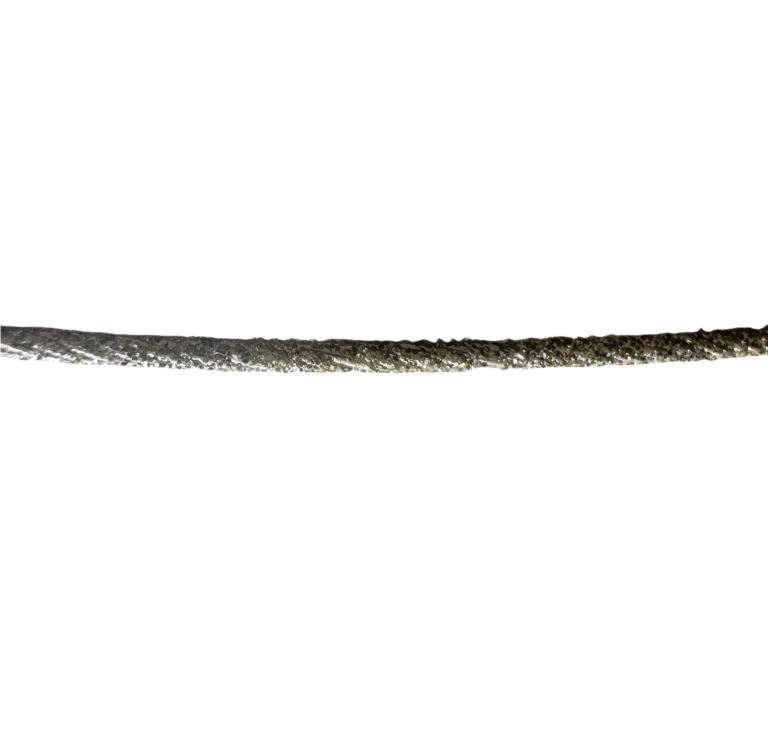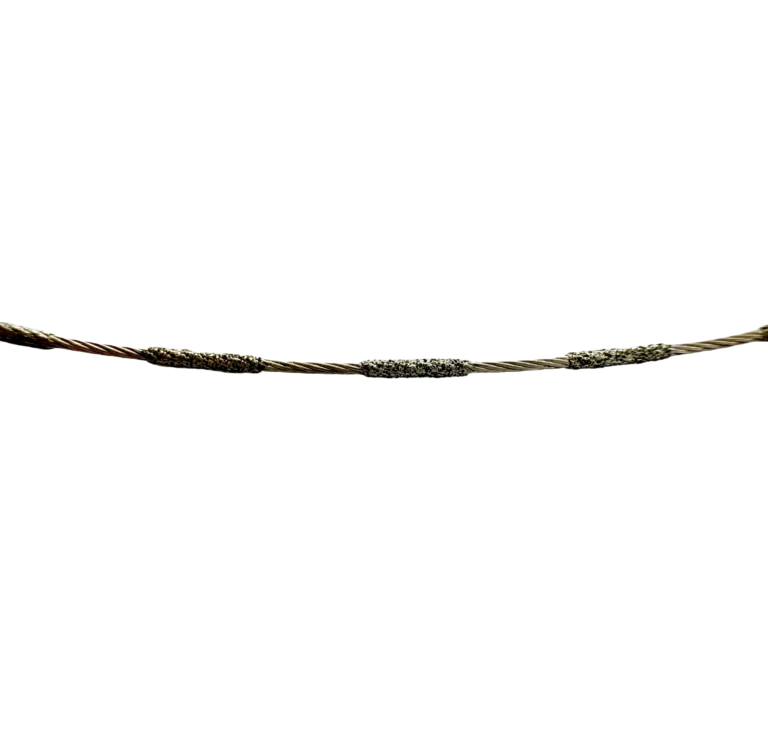Introduction
In the realm of optical crystal machining, achieving ultra-precise cuts with minimal material loss and no structural damage is vital. Materials like sapphire, quartz, and lithium niobate are widely used in high-performance optical systems, and they demand superior cutting techniques. Among all available methods, the scie à fil diamanté has emerged as the most effective tool for machining these delicate materials.
This article explores why the diamond wire saw is superior to traditional cutting technologies, with a focus on surface quality, dimensional precision, and production efficiency.

Superior Precision in Optical Crystal Machining
The most critical factor in optical component manufacturing is cutting accuracy. Diamond wire saws offer remarkable precision, consistently achieving cutting kerfs as narrow as 0.4 mm, thanks to wire diameters as thin as 0.35 mm. Compared to conventional blade saws, which often exceed 0.5 mm in kerf width, diamond wire technology minimizes material loss and maximizes usable output.
Furthermore, the linear cutting path of the scie à fil diamanté reduces thermal deformation and micro-cracks, ensuring a stable, low-damage process suitable for optical applications.
Surface Quality: Minimal Subsurface Damage
Optical crystals must maintain flawless surfaces to prevent distortion of light transmission. Traditional saws such as inner diameter (ID) saws and blade saws frequently introduce micro-chipping and subsurface cracks due to mechanical vibration and heat.
In contrast, the diamond wire saw produces smoother surfaces with fewer post-processing requirements. Its free-abrasive cutting mechanism lowers mechanical impact, preserving surface flatness and reducing the need for extensive polishing.
Greater Efficiency and Material Utilization
With traditional methods, substantial material is wasted through wide kerfs and breakage. This is especially problematic for costly crystals like sapphire and quartz. Diamond wire saws solve this issue by enabling higher yield rates, better material recovery, and improved process consistency.
Additionally, the continuous loop design of ring-type diamond wire saws supports longer wire life et reduced downtime, contributing to enhanced operational efficiency.
Comparison with Traditional Cutting Methods
| Fonctionnalité | Scie à fil diamanté | Traditional Blade Saw |
|---|---|---|
| Cutting Kerf Width | ~0.4 mm | ≥0.5 mm |
| Surface Integrity | Excellent | Moderate to Poor |
| Subsurface Damage | Minime | Moderate to Severe |
| Material Wastage | Faible | Haut |
| Tool Wear and Maintenance | Faible | Haut |
| Suitability for Optical Use | Ideal | Limitée |
This comparison clearly demonstrates that diamond wire saws outperform conventional options in nearly every critical dimension of optical crystal machining.
Conclusion
As demand for high-performance optical components grows, so does the need for precision cutting solutions. The scie à fil diamanté stands out as the optimal tool for machining optical crystals, providing unmatched accuracy, cleaner cuts, and superior material efficiency compared to traditional methods.
👉 Learn more about our specialized diamond wire saw systems for optical crystal machining by visiting our [product page] or contacting our technical team for tailored recommendations.





